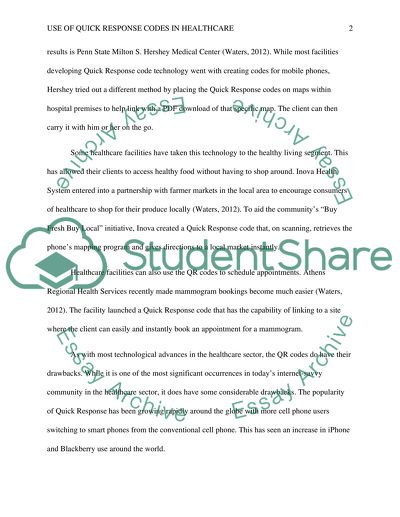Cite this document
(“Use of Quick Response Codes in Healthcare Research Paper”, n.d.)
Use of Quick Response Codes in Healthcare Research Paper. Retrieved from https://studentshare.org/nursing/1457836-use-of-quick-response-codes-in-healthcare
Use of Quick Response Codes in Healthcare Research Paper. Retrieved from https://studentshare.org/nursing/1457836-use-of-quick-response-codes-in-healthcare
(Use of Quick Response Codes in Healthcare Research Paper)
Use of Quick Response Codes in Healthcare Research Paper. https://studentshare.org/nursing/1457836-use-of-quick-response-codes-in-healthcare.
Use of Quick Response Codes in Healthcare Research Paper. https://studentshare.org/nursing/1457836-use-of-quick-response-codes-in-healthcare.
“Use of Quick Response Codes in Healthcare Research Paper”, n.d. https://studentshare.org/nursing/1457836-use-of-quick-response-codes-in-healthcare.


